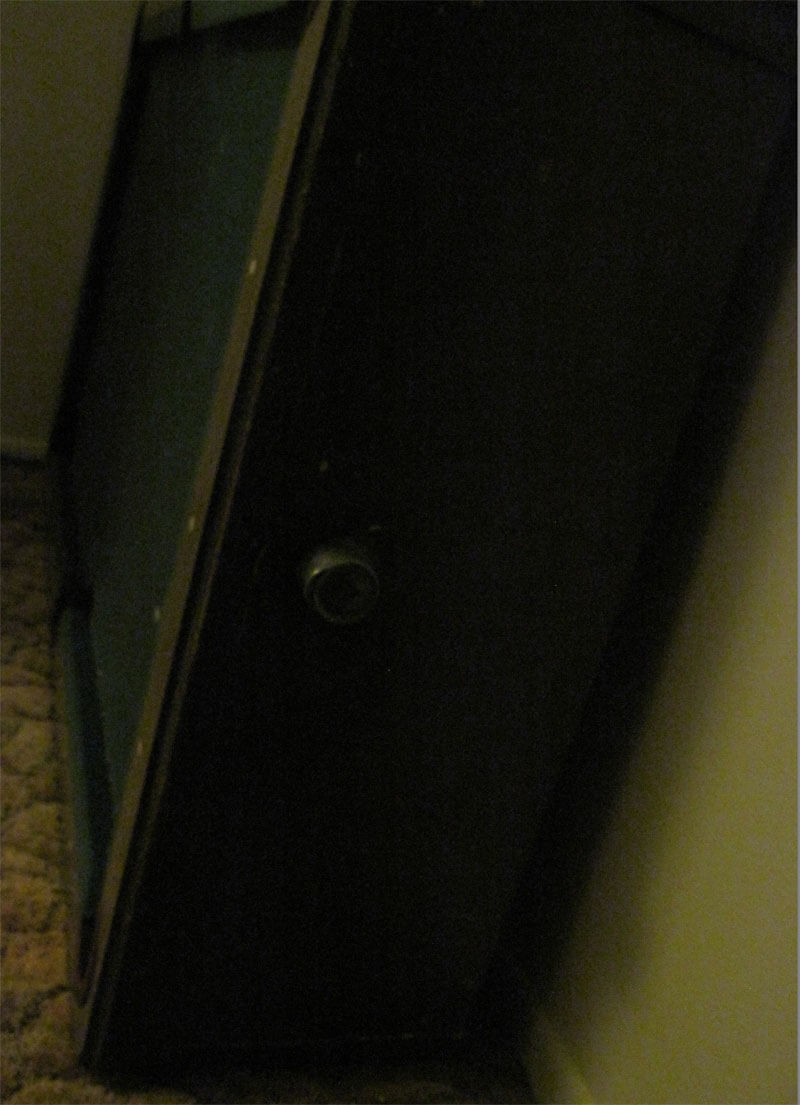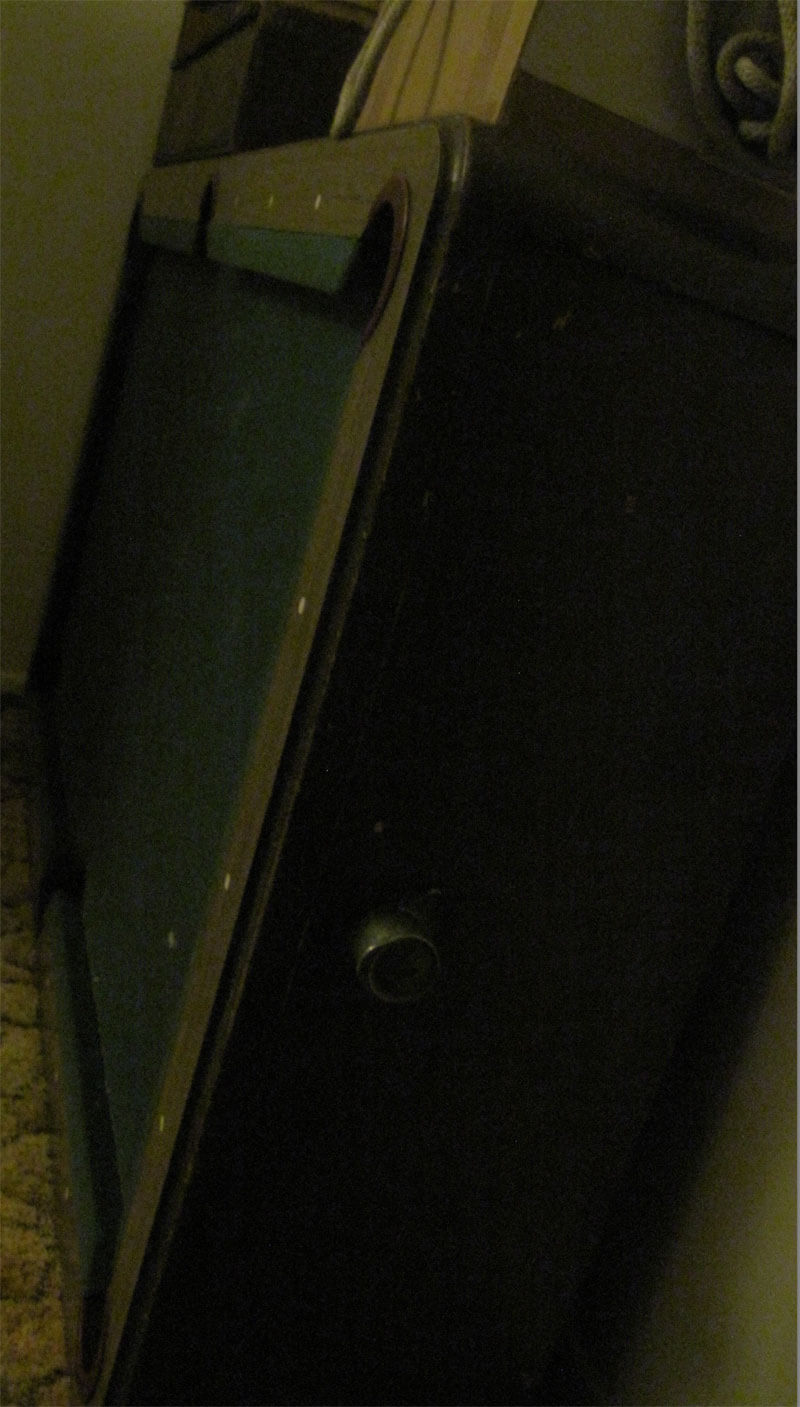Pool Table (Coin Operated) Storage
12/12/2020 7:29:44 PM
Pool Table (Coin Operated) Storage
I have recently inherited my Granddad's 6ft Valley coin-operated bar pool table. I think it was made in the 60's but haven't found serial numbers to track that down yet.
I'm sure I'll be browsing threads in the future for tips on refurbishing the playing surface, but first thing's first: getting a place to set it up.
Until I've got a space prepped, my question is: do I have the table safely stored? Currently, it is in a climate-controlled spare bedroom, with the legs removed, on it's side with the ball return drawer facing up (see attached images).
I'm a little concerned about the weight of the slate damaging the frame, but really have no idea how these things were constructed. Any advice will be greatly appreciated.
I'm excited to own the pool table I've played on my entire life and to be a member of this group.
Pool Table (Coin Operated) Storage
Replies & Comments
 RayMills on 12/13/2020 6:32:51 AM
RayMills on 12/13/2020 6:32:51 AMThe shadow prevents me from seeing whether your slate is perpendicular to the floor (or if the side walls don't allow a lean). Make sure the pool table is truly leaning against the wall even if you have to put a padded 2x4 under the table below the slate's edge. When I've seen coin-ops stored in saloons they were always tilted on jigs with the three higher pockets touching the wall. Don't let an earthquake or shifting bedroom knock it over!
My Valley coin-op pool table always had the rail bolts "above" the slate, so the weight of yours should be well-supported on bolt-free wood framing as long as there's no gap between the slate edge and the side wall(s). The longer the storage time is the more you'll have to make sure there was no wood damage when you finally get ready to refurbish it. (While you're in there, find a way to bypass the coin system or reroute the balls so that you don't have to go through another step before each racking.) Then you would level it, hopefully by simply adjusting the feet.
You sure it's a 6-footer? You might want to make the pocket openings smaller if you're also going to play on other tables. Don't buy any chalk cubes until you find out how many your grandpa bequeathed to you. Have fun!
CS2-6 on 12/20/2020 7:01:28 PM
Thanks Ray, I really appreciate the input.
You're correct, it's not truly leaning against the wall in the photos, but it could be. I'll see if I can wedge something under it to get the higher pockets against the wall.
I looked and saw screws/bolts along the side above the slate level, so I think it's similar to your Valley.
But I think what I'm reading into your message is that the best possible option would be to clear a little room so that I can lay the table flat rather than having it on it's side. Or maybe go ahead and reattach the legs and having it assembled during storage to minimize any potential damage.
Haha I think I've got about 30 chalk cubes, can't imagine I'll ever run out,
 RayMills on 1/2/2021 7:19:56 AM
RayMills on 1/2/2021 7:19:56 AMThe usual consideration is to not move all that weight any more than necessary.
My earlier advice on the perpendicular slate was mostly that you should have the playing surface positioned to face and lean into the room's wall to prevent it ever from falling away from the wall.
But if you have room to spare and moving it into the playing room is not a problem, I suppose leaving pool table on its legs is best to start your restoration.
Pool Table (Coin Operated) Storage
- Title: Pool Table (Coin Operated) Storage
- Author: CS2-6
- Published: 12/12/2020 7:29:44 PM


